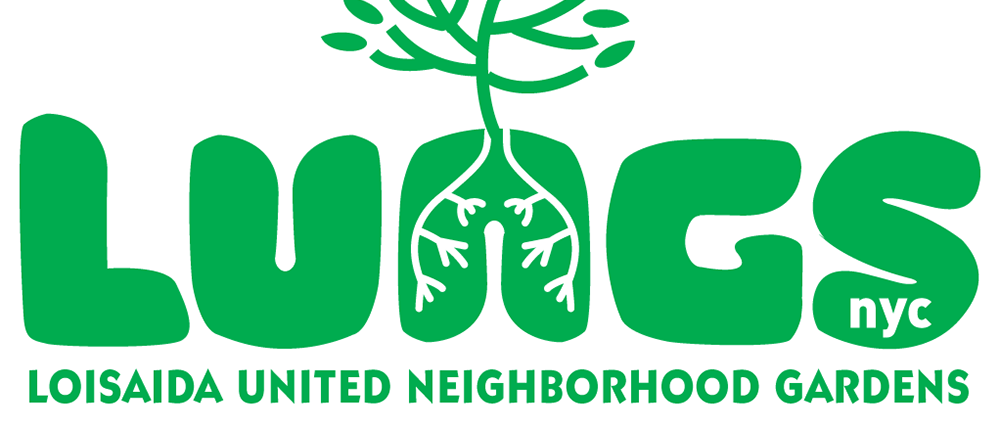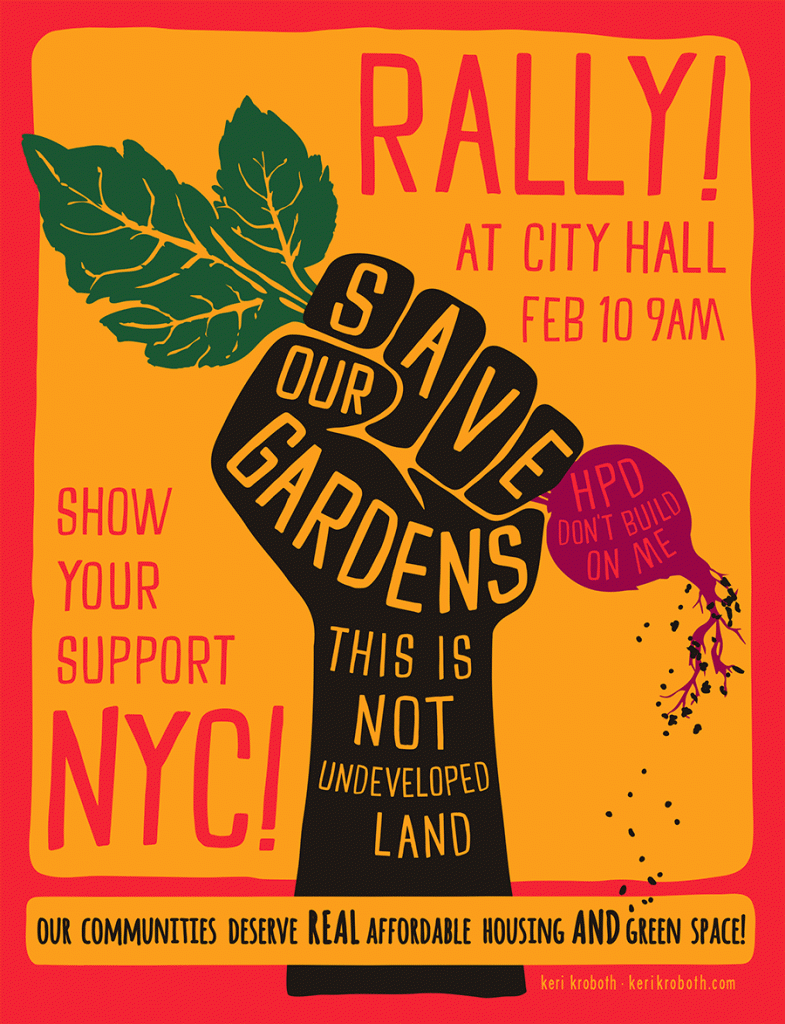By now you should all know that there is a proposal afoot to create a Community Gardens District in our neighborhood. This week the Parks Committee of Community Board 3 will be voting on the proposal.
This is the first very important step in a long process which we hope will ultimately insure permanence for all 46 of our gardens.
If the committee approves the proposal, it will then go before the entire Community Board by the end of this month. If CB3 votes in favor, Rosie Mendez will introduce a bill of similar intent in the City Council.
Right now we need to stand together to make sure this passes in CB3. This opportunity that we can’t afford to squander.
Support and momentum have been building for a Community Gardens District. Manhattan Borough President Gale Brewer has said she would support the proposal if CB3 votes in favor.
This may be the only chance we get to have the City to formally protect our gardens and to recognize the significance they play in our unique community.
Please show your support by coming to the BRC Senior Services Center – 30 Delancey Street (btwn Chrystie & Forsyth Sts) this Thursday, January 15 at 6:30pm.
Many gardens have written letters of support for creating the Community Gardens District. If your garden hasn’t written a letter yet there is still time. Send your letters to Ayo Harrington at ayoharrington@aol.com.
BELOW IS THE PROPOSAL BEING INTRODUCED ON THURSDAY–We NEED People to Come out in support of this effort . THINK GREEN–STAND TALL
Coalition to Establish a Community Gardens District
Proposal: We seek to establish a Community Gardens District to include all community gardens located within the boundaries of Community Board 3 (CB3), in Manhattan. These gardens would be mapped and designated as parks land, named a special district and continue to be managed by community based volunteers.
Background: CB3 is the birthplace of community gardens in New York City and New York State. The very first one was established in CB3, in 1973, by local resident and artist, Liz Christy. Working to reverse years of decline and neglect by public and private property owners, Christy began seed bombing (mud balls filled with seeds) abandoned, rubble strewn lots in an effort to improve her own environment and create public green spaces. Not satisfied with just seed bombing, Christy gathered friends and fellow artists to reclaim and clear one such lot on East Houston Street – between Bowery and Second Avenue – to turn into a community garden. Originally named “Bowery-Houston Farm and Community Garden”, after her death in 1985 it was renamed in her honor as the “Liz Christy Bowery-Houston Garden”.
Christy and her fellow activists founded the urban gardening group, Green Guerillas, and Christy went on to become the first Director of the Council on the Environment of New York City’s Open Space Greening Program which is named now and branded as Grow NYC. Today, the Green Guerillas remain the City’s oldest gardening organization and continues to “cultivate partnerships between people who care about the earth and believe in the power of community gardening to transform neighborhoods.”
At one time, there were fifty seven registered community gardens in CB3 and dozens more operating on their own. However, as the neighborhood evolved, gardeners were forced to fight for the very land they spent incalculable hours and resources developing as real estate speculators were handed lots for practically nothing. Sadly, gardens were bulldozed, one by one.
Status: There are still forty-six community gardens located in CB3 giving CB3 the distinction of having the highest density and concentration of community gardens in New York City, New York State and perhaps the country. The City-owned community gardens are mostly housed under the jurisdiction of the Department of Parks and Recreation giving the illusion that they are permanent. They are not. Whether housed under Parks, Sanitation or HPD, as some are, no CB3, City-owned community garden is mapped as parks land or otherwise designated as being permanent. Even with the storied history and widely acknowledged benefits of community gardens, all City-owned community gardens are still documented in City records as vacant lots and are subject to revocation at any time.
Conclusion: Community Board 3 has been strengthened by the history of its community gardens which hold the distinction of having a forty one year old, deep rooted history solidly ingrained in the fabric of our community. Today, the Liz Christy Bowery-Houston Garden and its history are studied and known worldwide. It and other CB3 community gardens have become New York City destinations. Year after year the soil is worked, flowers are planted, food is grown, events are planned, meetings take place, neighbors interact, memories are made, and our community is strengthened.
Given the significance of the gardening movement history that is particular to CB3, along the uniqueness of highly concentrated gardens, these community gardens should be mapped and designated as parks land, named a special district and continue to be managed by community based volunteers.

